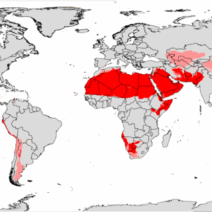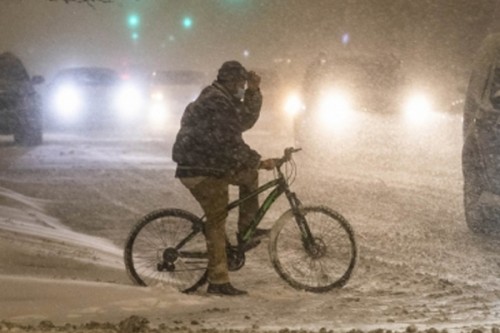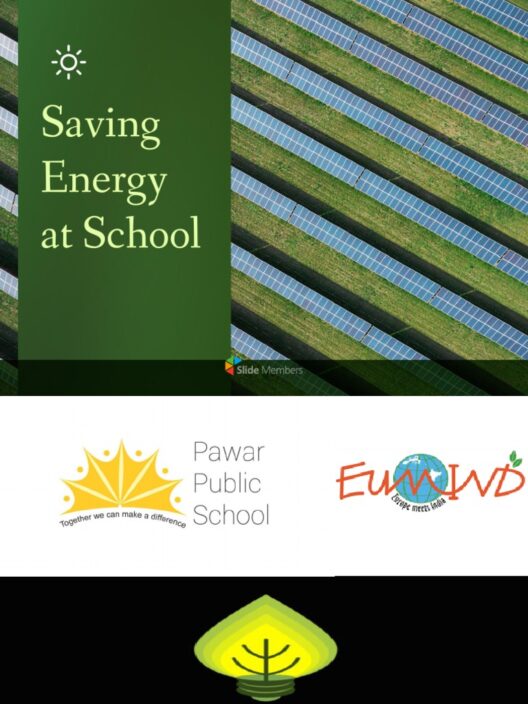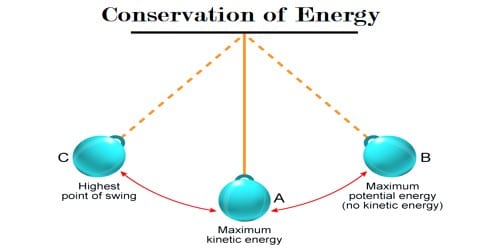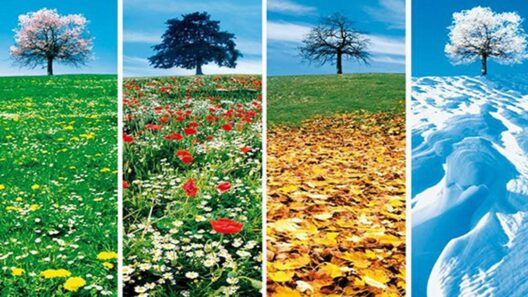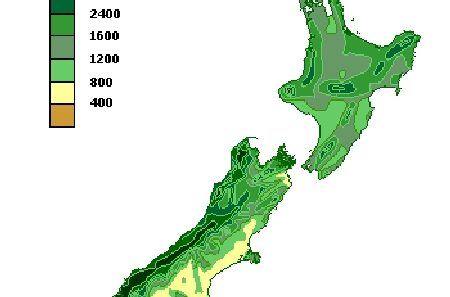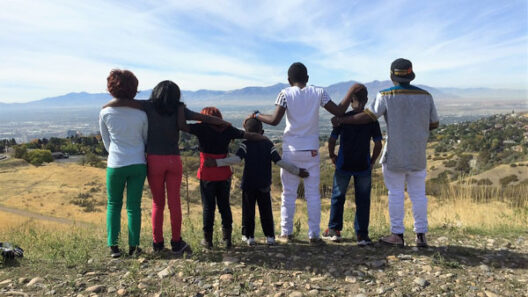Chicago, often dubbed the “Windy City,” is renowned for its diverse climate characterized by distinct seasonal changes. The city is located in the Midwestern United States, straddling the boundary between the humid continental climate zone and the closely associated maritime influences of the Great Lakes. This duality not only contributes to Chicago’s unique weather phenomena but also reflects the broader implications of climate change, making it an area of significant interest for environmental activists and meteorologists alike.
The classification of Chicago’s climate as humid continental (Köppen climate classification Dfa) is indicative of the notable seasonal contrasts: hot summers and cold winters. During the summer months, average high temperatures can soar into the upper 80s and 90s Fahrenheit, occasionally reaching record-breaking levels. Conversely, winter can deliver frigid temperatures, often plummeting to single digits and beyond, propelled by arctic air masses descending from Canada. The chilling winds that sweep through the city are a product of its geographical location, which is adjacent to Lake Michigan. The lake’s vast expanse serves as a modifier for temperatures, contributing to variable conditions throughout the year.
Chicago’s climate is further influenced by the Great Lake Effect, which occurs when cold air moves over the warmer waters of Lake Michigan. This phenomenon can lead to unexpected weather patterns, including sudden snowstorms. Wind-whipped snow events are not unusual during winter, captivating residents with their beauty while also posing significant challenges. Such occurrences can blanket the city in a pristine layer of snow, creating an enchanting landscape but also complicating travel and daily life.
The frequency and intensity of snow in Chicago are often surprising to newcomers. One of the common observations made about the city is how quickly weather can shift. A serene winter morning can transform into a blizzard by afternoon, bringing with it heavy winds and whiteout conditions. This unpredictability serves as a reminder of the complexities inherent within urban meteorology and climate variability. Residents often equip themselves with winter gear to cope with the harsh elements, illustrating the city’s adaptive culture to extreme weather.
On a deeper level, Chicago’s climate and its associated phenomena exemplify the intricate interplay between human activity and environmental change. With urbanization, the city’s landscape has transformed, leading to the development of the urban heat island effect. This occurrence results when urban areas experience higher temperatures than their rural surroundings, primarily due to human activities, such as infrastructure and energy consumption. As a result, summer nights in Chicago can be significantly warmer than in less developed regions, altering local ecosystems and impacting weather patterns.
Moreover, climate change is increasingly exacerbating the variability of weather events in areas such as Chicago. Droughts, floods, and severe storms are becoming more frequent, leading to greater societal and economic implications. The city’s infrastructure faces ongoing strain as it grapples with these shifting climatic conditions. For instance, prolonged heavy rainfall can overwhelm sewer systems, resulting in flooding, while heat waves amplify energy demands for cooling. As public awareness expands, Chicagoans are beginning to rally around efforts to implement sustainable practices and infrastructure improvements aimed at mitigating these effects.
The urban landscape also poses unique challenges for flora and fauna. Native species in the vicinity have adapted to the historical climate patterns, but the rapid changes brought about by climate dynamics disrupt these established ecosystems. As temperatures rise and precipitation patterns shift, some species face the threat of extinction while others may flourish in an altered environment. The phenomenon of “climate refugees”—species unable to adapt—raises important questions about biodiversity and conservation. Initiatives to restore green spaces and promote urban ecology are thus vital, not only for aesthetic value but also for fostering resilience against climate fluctuations.
In addition to ecological considerations, the socio-economic implications of climate variability are essential to address. Vulnerable populations, particularly those residing in lower-income neighborhoods, often bear the brunt of extreme weather conditions without the resources to adequately prepare or respond. Public policy must prioritize equitable climate action, ensuring that all Chicagoans have access to support and resilience-building measures. Education campaigns emphasizing climate literacy can empower communities to engage in proactive behaviors while also building a collective understanding of the effects of global warming.
As a city that embodies the complexities of climate zones, Chicago offers a microcosm of the larger environmental issues facing our planet today. The interplay of urbanization, climate change, and human adaptation reflects the urgent need to comprehend our environment more comprehensively. Engaging with the science behind weather patterns, acknowledging the power of nature, and advocating for sustainable practices are essential steps in fostering a collective consciousness around climate stewardship. The “Windy City” is, in many ways, a bellwether for the larger dialogue surrounding climate change, indicating that as we navigate these challenges, it is incumbent upon us to take action for a more sustainable future.


